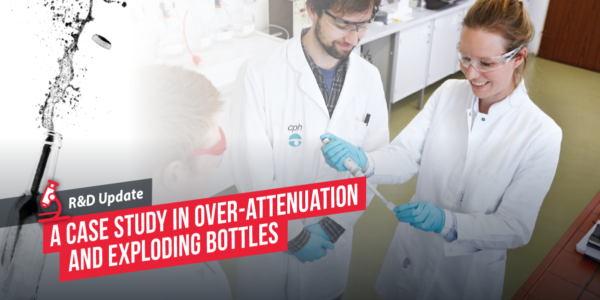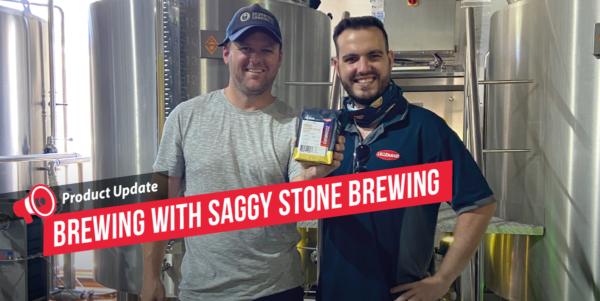Blog | Reading Time 2 minutes
Behind the scenes of the LalBrew Farmhouse™ launch
Two months after its launch, it is time to share how you can get the best out of LalBrew Farmhouse™. But first, let us answer the question we get most often when we launch a new yeast strain. “How do you test your new strains before you release them?” As we launch new products often, we have a process to have laboratory results and field trials, in our case, brewery trials. Because we think that brewers can go beyond our lab protocols thanks to their experience and creativity, letting brewers try out a new strain can help us better understand how a specific strain will behave in a fermenter. Data collected from our field trials enable us to share specific parameters you can modulate to create the beers you like.
From that moment we dried the very first bricks of LalBrew Farmhouse™, up until today, over 20 different breweries from different countries shared comprehensive results from their brews with this new hybrid yeast. Each set of results contains the recipe, physical and chemical characteristics (pH and gravity curves, temperature, etc.), but also tasting notes from the brewers themselves. From these results, the main variable making an impact on the beers you brew with LalBrew Farmhouse™ is fermentation temperature. In most cases, lower fermentation temperatures (close to 20°C) will primarily give notes of banana and clove, something that is much closer to Belgian blonde and Belgian wit style ales. When fermented closer to 30°C, we observe that traditional Saison characteristics are much more predominant. Brewers reported their beers as having more peppery notes, fruitiness, red apple, and bubblegum. Also, their beers tasted “fresher,” and we can link this statement to a lower pH in the beers fermented this way. The idea of freshness in a Saison can be linked to the attenuation of the beer too. To achieve this “zing”, some brewers reported successfully adding simple sugars or using enzymes in the mash to achieve similar attenuations to beers fermented with a Diastaticus yeast.
Additional ressources
Image: Stéphanie Altermatt – Brewer at ArtMalté (Annecy, France), while she brewed “Girl Power” made with LalBrew Farmhouse™
Published Sep 26, 2021 | Updated Jul 11, 2023
Related articles
Need specific information?
Talk to an expert


